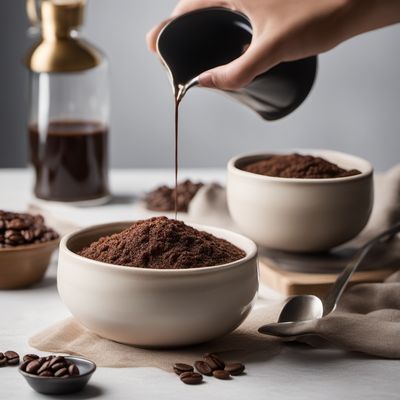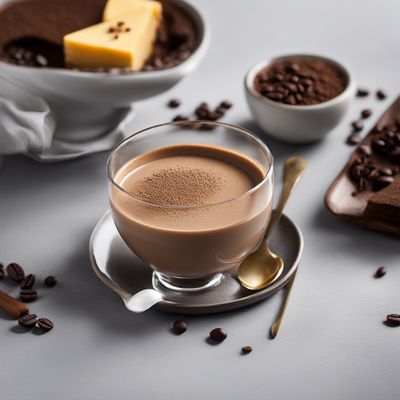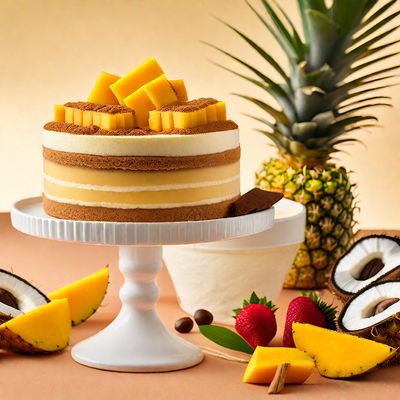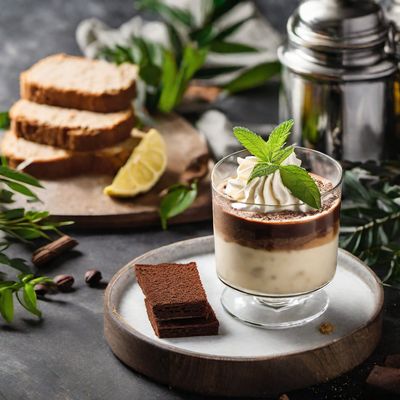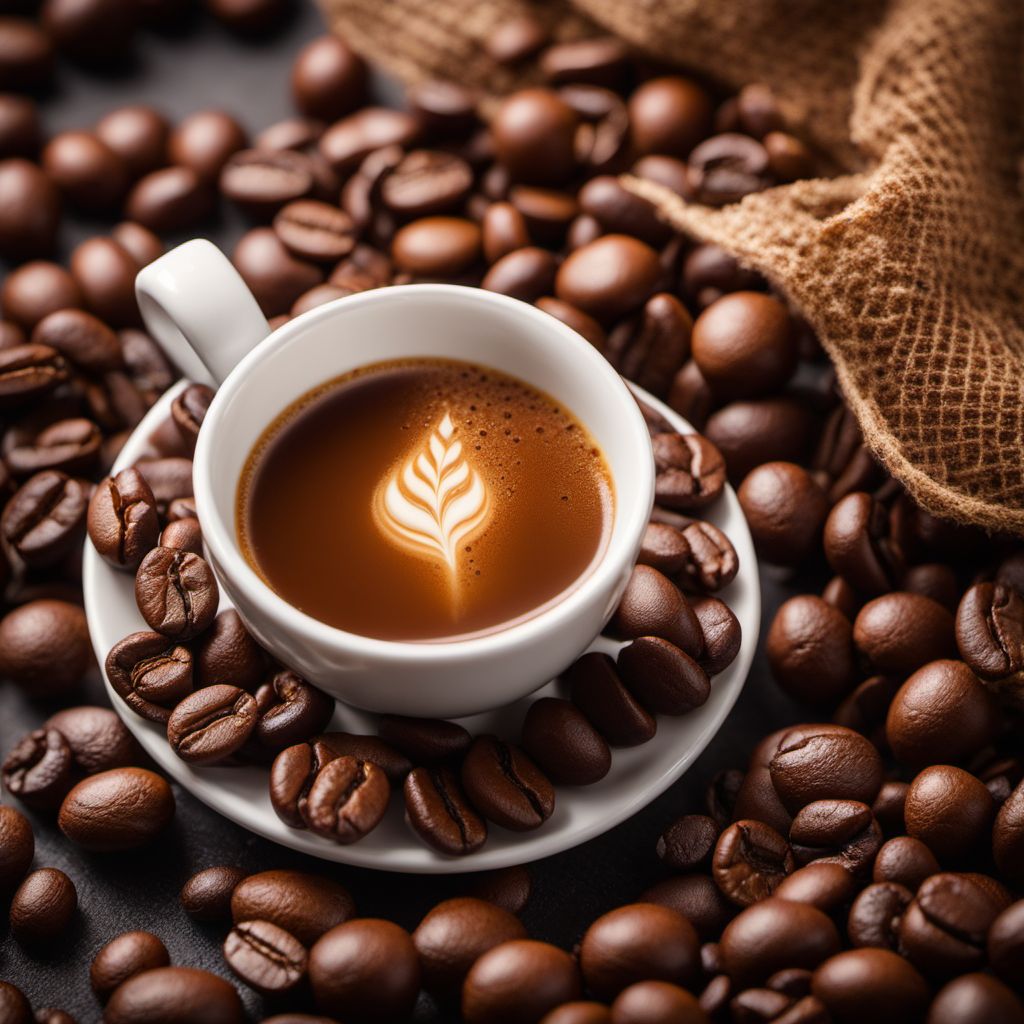
Ingredient
Coffee beverages
The Art of Brewing the Perfect Cup
Coffee beverages come in various forms, including espresso, cappuccino, latte, and iced coffee. They can be enjoyed hot or cold, and their flavors range from bold and intense to smooth and creamy. Coffee beverages are popular worldwide and are often consumed as a morning pick-me-up or as a social beverage.
Origins and history
The history of coffee dates back to the 9th century in Ethiopia, where it was discovered by a goat herder. It spread to the Arabian Peninsula and eventually reached Europe, becoming a staple in many cultures. Today, coffee is one of the most widely consumed beverages globally.
Nutritional information
Coffee beverages are low in calories and contain caffeine, which can provide a temporary energy boost. They also contain antioxidants and small amounts of essential nutrients such as potassium and magnesium.
Allergens
Coffee beverages may cause allergic reactions in some individuals, particularly those sensitive to caffeine. It is important to consume coffee in moderation and be aware of any adverse effects.
How to select
When selecting coffee beans for brewing, choose freshly roasted beans that are free from any signs of moisture or mold. Opt for whole beans and grind them just before brewing to preserve the flavor and aroma. Consider the origin, roast level, and flavor profile of the beans to suit your preferences.
Storage recommendations
Coffee beans should be stored in an airtight container in a cool, dark place to maintain their freshness. Ground coffee should be used within a few weeks, while whole beans can last longer. Avoid storing coffee near strong-smelling substances as it can absorb odors.
How to produce
Coffee can be produced on a small scale by growing coffee plants in suitable climates. It requires specific conditions such as a tropical or subtropical climate, well-drained soil, and adequate rainfall. The process of growing coffee involves planting, nurturing, and harvesting the coffee cherries, which contain the coffee beans.
Preparation tips
To prepare coffee beverages, start by grinding the coffee beans to the desired coarseness. Use a coffee maker or espresso machine to brew the coffee, following the recommended brewing method. Experiment with different ratios of coffee to water and brewing times to achieve your preferred strength and flavor. Add milk, sugar, or other flavorings as desired.
Substitutions
Coffee beverages can be substituted with decaffeinated coffee or herbal coffee alternatives for those who prefer to avoid caffeine. Various plant-based milk alternatives can be used instead of dairy milk for a vegan or lactose-free option.
Culinary uses
Coffee beverages are commonly enjoyed on their own or paired with pastries, cakes, or other sweet treats. They are also used as a base for cocktails or incorporated into desserts such as tiramisu or coffee-flavored ice cream.
Availability
Coffee beans are cultivated in many countries around the world, including Brazil, Colombia, Vietnam, Ethiopia, and Indonesia. Coffee beverages are available in cafes, restaurants, and supermarkets globally.
More ingredients from this category

Coffee beverage decaffeinated
The Art of Decaffeination: Unveiling the Secrets of Coffee

Coffee with milk or cream
The Perfect Blend of Boldness and Creaminess

Coffee espresso (beverage)
The Elixir of Energy

Coffee (strong) beverage
"Bold Brew: Unleashing the Power of Strong Coffee"

Iced coffee
Chilled Caffeine Delight

Coffee (weak strength) beverage
A Gentle Awakening

Coffee (average strength) beverage
The Energizing Elixir

Instant coffee (beverage)
The Essence of Caffeine in a Cup
